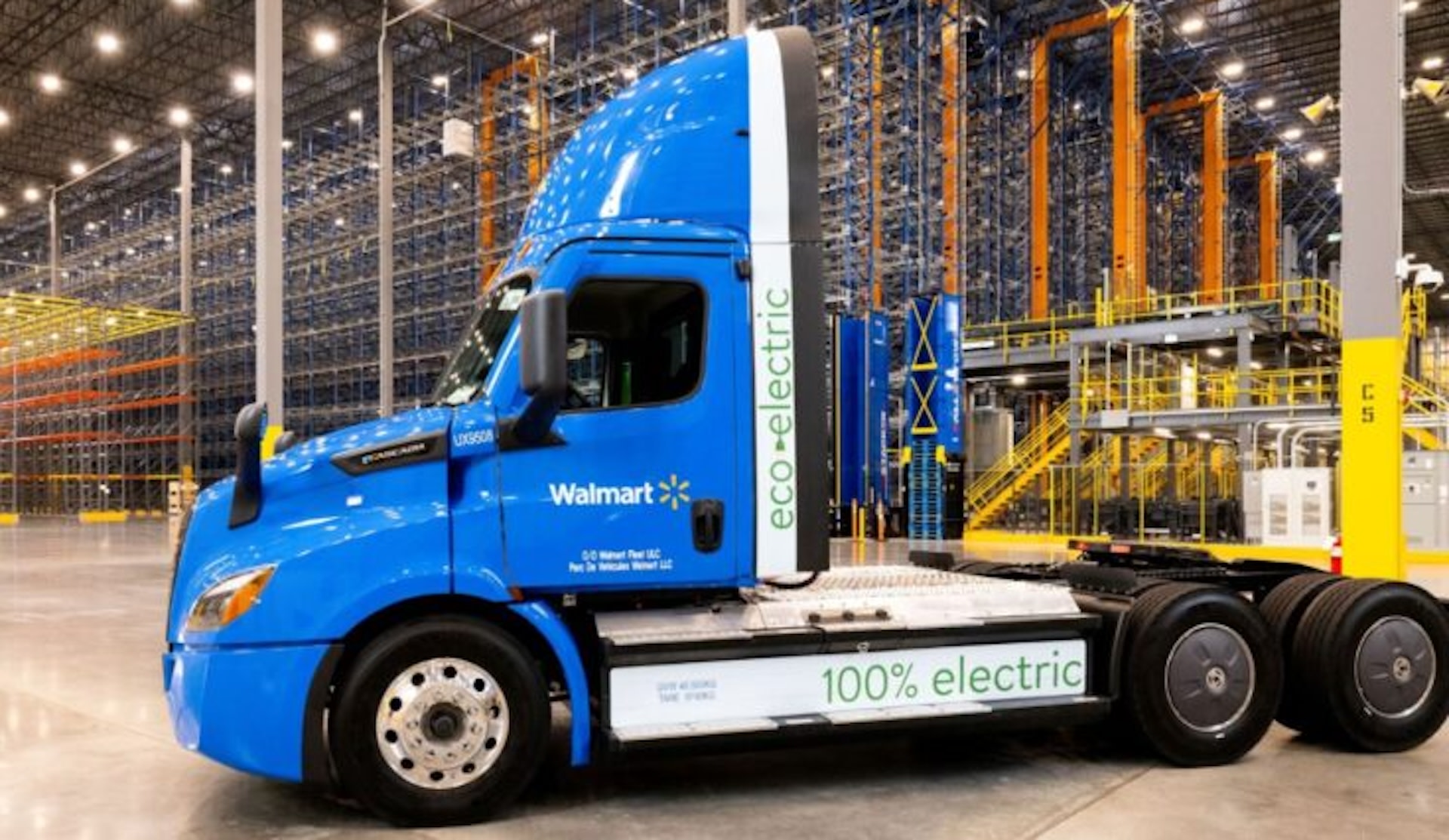With corporations increasing efforts to reduce planet-warming air pollution, Walmart is excited to share that the company's pollution reduction goals were met six years ahead of schedule.
Launched in 2017, Walmart's Project Gigaton aimed to reduce toxic planet-warming pollution across the global value chain by 1.1 billion tons by 2030. Aligning with the Paris Agreement, the project has engaged over 5,900 suppliers that have signed on to reduce harmful air pollution.
"Our merchants and suppliers got to work and made investments in practical things like energy efficiency, packaging redesign, and load optimization," Walmart CEO Doug McMillon told ESG Today.
Walmart has been ambitious in the project since the beginning, focusing on areas such as energy use, product use, and design. The project works with suppliers at different levels of their pollution reduction journey, including companies that focus on various categories. Since 2017, Walmart has also partnered with large companies to support this reduction goal, including the launch of Gigaton PPA with energy management giant Schneider Electric.
Efforts to expand Project Gigaton's impact are already underway, which include looking at parts of Walmart's value chain that can be reduced with innovative and low-cost approaches.
"We hope Project Gigaton will continue to set the standard for corporate climate action — because a more sustainable supply chain is a more resilient one," Kathleen McLaughlin, Walmart Chief Sustainability Officer and President of the Walmart Foundation, told ESG Today.
Harmful air pollution can be caused by burning dirty energy sources like oil, gas, and coal, the most common of which is carbon dioxide or CO2.
Measurement of pollution is divided into scopes 1, 2, and 3. Scope 3 pollution comes from assets not owned or controlled by an organization and usually represents the majority of an organization's total contribution.
Working with suppliers to reduce the amount of air pollution in the atmosphere is an effective cost-saving measure because it can lead to less energy usage. It is also better for public health as less pollution means cleaner air and water for communities.
"A more resilient supply chain isn't just better for our business, it's better for people, communities, and the planet," McLaughlin said.
Join our free newsletter for cool news and actionable info that makes it easy to help yourself while helping the planet.









